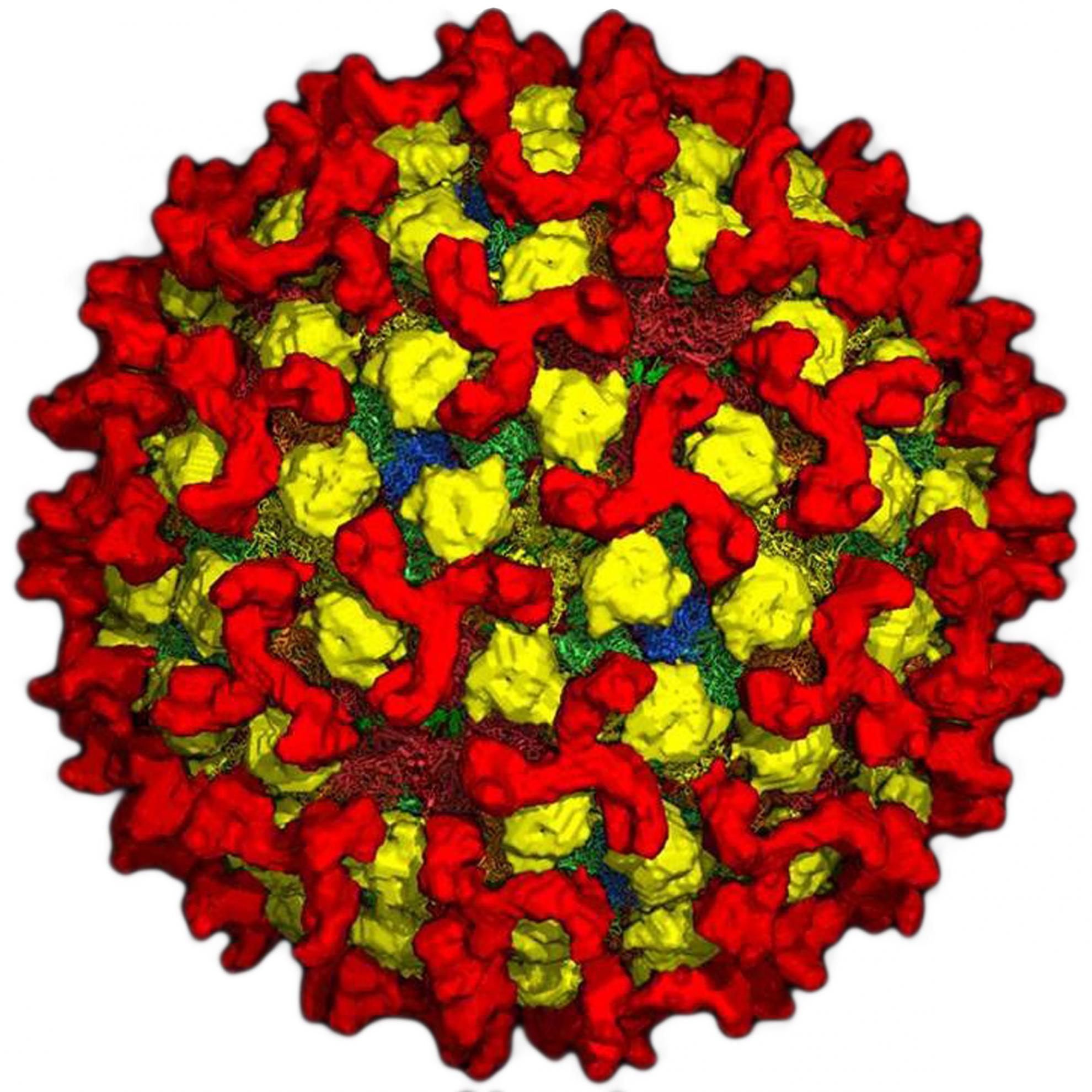Epizootic hemorrhagic disease virus serotype 7 in European cattle and sheep: diagnostic considerations and effect of previous BTV exposure
Epizootic hemorrhagic disease virus (EHDV), an arthropod-borne orbivirus (family Reoviridae), is an emerging pathogen of wild and domestic ruminants that is closely related to bluetongue virus (BTV). The present study examines the outcome of an experimental EHDV-7 infection of Holstein cattle and East Frisian sheep. Apart from na ve animals that had not been exposed to BTV, it included animals that had been experimentally infected with either BTV-6 or BTV-8 two months earlier. In addition, EHDV-infected cattle were subsequently challenged with BTV-8. Samples were tested with commercially available ELISA and real-time RT-PCR kits and a custom NS3-specific real-time RT-PCR assay. Virus isolation was attempted in Vero, C6/36 and KC cells (from Culicoides variipennis), embryonated chicken eggs and type I interferon receptor-deficient IFNAR-I- mice. EHDV-7 productively infected Holstein cattle, but caused no clinical signs. The inoculation of East Frisian sheep, on the other hand, apparently did not lead to a productive infection. The commercial diagnostic kits performed adequately. KC cells proved to be the most sensitive means of virus isolation, but viremia was shorter than 2 weeks in most animals. No interference between EHDV and BTV infection was observed; therefore the pre-existing immunity to some BTV serotypes in Europe is not expected to protect against a possible introduction of EHDV, in spite of the close relation between the viruses.
Back to publications
